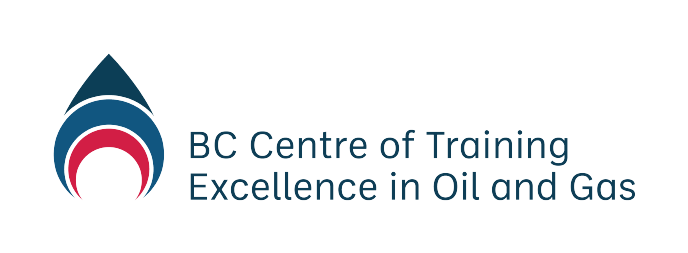-
Module 2.0 How to be Successful in this Course
-
Module 2.1 Introduction to Natural Gas
-
Module 2.2 The Natural Gas Industry in British Columbia
- Overview
- Learning Outcomes
- Natural Gas Science – The Simple Version
- Natural Gas Science – Chemistry
- Natural Gas Science – Physics
- Natural Gas Science – Units of Measurement
- Natural Gas Science – Geology
- Natural Gas Resources and Uses
- Oversight of the Natural Gas Industry
- Understanding Land Rights and Natural Gas
- Energy and the Future
-
Module 2.3 Upstream – Well Site Selection, Preparation and Drilling, Completion, Production, Water Recycling, and Reclamation
- Learning Outcomes
- The Upstream Sector – Extraction and Processing
- The Upstream Sector – Exploration and Site Selection
- The Upstream Sector – Preparation and Drilling
- The Upstream Sector – Completion
- The Upstream Sector – Production
- The Upstream Sector – Water Recycling
- The Upstream Sector – Reclamation
- Upstream Companies and Jobs in British Columbia – Companies
- Upstream Companies and Jobs in British Columbia – Industry Associations
- Upstream Companies and Jobs in British Columbia – Professional Associations
- New Vocabulary
-
Module 2.4 Midstream – Transportation, Processing, Refining
- Learning Outcomes
- The Midstream Sector
- The Midstream Sector – Processing Natural Gas
- The Midstream Sector – Liquefied Natural Gas
- The Midstream Sector – An Emerging Industry
- The Midstream Sector – Processing LNG
- The Midstream Sector – Proposed LNG Projects in British Columbia
- Transportation
- Midstream Companies and Jobs in British Columbia
-
Module 2.5 Downstream – Refining and Markets
-
Module 2.6 Health and Wellness in the Natural Gas Industry
-
Module 2.7 Safety
-
Module 2.8 Terminology and Communication
-
Module 2.9 Jobs and Careers
- Learning Outcomes
- Industry Outlook
- Technology is Changing Workforce and Skills
- Employment in the Natural Gas Industry
- Employment in the Natural Gas Industry – Types of Employment
- Employment in the Natural Gas Industry – Range of Jobs
- Employment in the Natural Gas Industry – High Demand Jobs and Occupations
- Occupational Education and Training
-
Module 3.0 How to be a Valued Employee
-
Module 3.1 Identifying Interests and Skills
-
Module 3.2 Looking for Employment in Natural Gas
-
Module 3.3 Applying for Employment in Natural Gas
Your Personal Employment Plan is Complete!
Congratulations! You now have all the resources and tools needed to significantly improve the prospect of finding employment in the natural gas industry.

Your Personal Employment Plan |
| Job Analysis Tools |
|
Competency Checklist
A checklist that shows how your skills, knowledge, and qualifications match to a specific career or job. |
|
My Career and Job Choices
A shortlist of careers or jobs that you are interested in. |
|
Career and Job Summary
Information about one career or job you want to pursue. |
|
Job Posting Analyzer
A tool to take important information from job postings and create job applications, cover letters and resumes that stand out. |
| Personalized Resources |
|
List of Target Employers
A list of target employers you have researched and prioritized as good candidates to work for and likely to have one or more of your target careers or jobs. |
|
List of Contacts/Network
Names and contact information for people in your network to contact to help you with your career or job search. |
|
Resume
A resume in a format preferred by natural gas employers that you have tailored to the career or job you are looking for. |
|
Cover Letter
A cover letter for your target career or job, in a style preferred by employers in the natural gas industry, ready to send to potential employers. |
|
References
A list of carefully chosen personal and business or work contacts who are willing to provide you with a reference for prospective employers. |
Suggested Reading
- There is no suggested reading for this module
